The use of synthetic drugs to treat any diseases, including varicose veins, always leads to any unpleasant consequences. But the treatment of varicose veins with folk remedies, if it is 100%unsafe, then the side effects of traditional medicine are significantly inferior to the negative effects of medications.
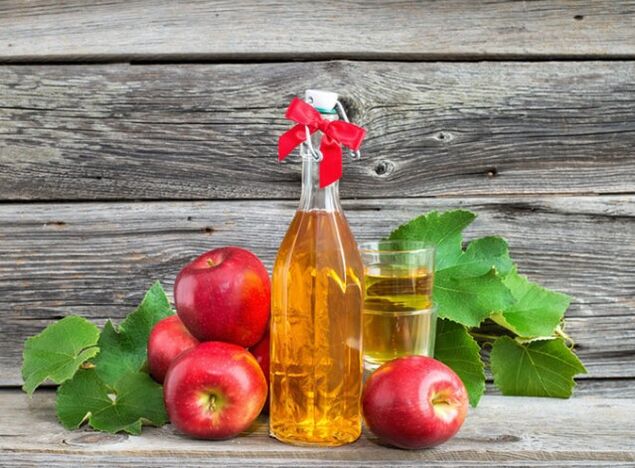
For the treatment of varicose veins, ointments, compresses, applications and mixtures for external use, as well as infusions and decoctions for oral administration, can be used with folk remedies. In any case, the main goal of the folk treatment of varicose veins is to improve blood circulation.
It should be understood that such treatment will be the most effective at the initial stages of the development of the disease (the appearance of a vascular mesh and a feeling of heaviness in the legs), and the least effective in advanced cases when only surgical intervention will be able to help. Therefore, it is necessary to monitor your well -being and at the first symptoms seek a doctor to confirm your suspicion.
The stagnant phenomena leading to varicose veins, usually at first affect the lower limbs, therefore it is the recipes of folk remedies for varicose veins that are the most popular among the population. Let's dwell on the main recipes of traditional medicine.
All folk ointments from varicose veins are prepared on the basis of vegetable oil, often olive due to the high content of arachidonic acid. To make the mixture thicker, in ancient recipes it is recommended to add melted animal fat to the ointment. This is with regard to the basis of the ointment, and to give the tone of the walls of the vessels and strengthen them, folk (grandmother's) recipes from varicose veins recommend using such medicinal plants as:
- horse chestnut;
- Kalanchoe;
- sagebrush;
- white willow bark;
- mokrin;
- celandine;
- cabbage.
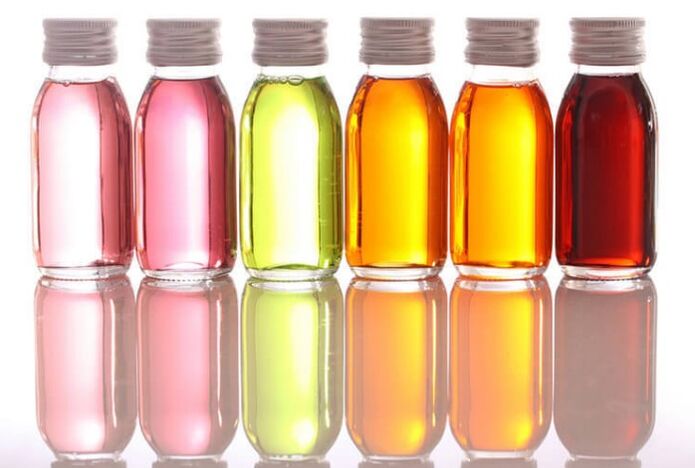
The process of preparing such mixtures is quite simple. Ointment based on horse chestnut is prepared as follows: 6 dried chestnuts are ground in a coffee grinder for flour, add 2 tbsp. crushed chestnut flowers, mix all this with 300 ml of oil and heated for about an hour in a water bath. The resulting mixture is insisted, filtered, squeezed and precipitate is removed, after which animal fat is added and mixed thoroughly.
Tinctures of varicose veins
Various infusions from varicose veins are no less popular, which is much easier, but much longer. All infusions are based on vodka, so if there are areas with damaged skin on the legs, then such treatment methods should be refrained.
The most effective tincture of Kalanchoe is considered, white acacia or tissue is often added to it in a 1: 1 proportion. Such infusions are prepared as follows: the leaves of the medicinal plant are finely chopped, poured into a jar, poured with vodka and allowed to stand for 10-14 days in a dark place.
The finished infusion will need to be rubbed into the skin of the legs from the foot to the knee for 3 months twice a day.
Apple vinegar for varicose veins as a means No. 1
Treatment of varicose vessels is a fairly popular and effective method of combating the disease. Apple cider vinegar helps with varicose veins because it includes more than 20 minerals and trace elements necessary for the vessels, as well as vitamins C, and, which allows, with its regular use, to achieve: to achieve:
- increased skin tone;
- strengthening the walls of blood vessels;
- removal of edema;
- Improving blood circulation.
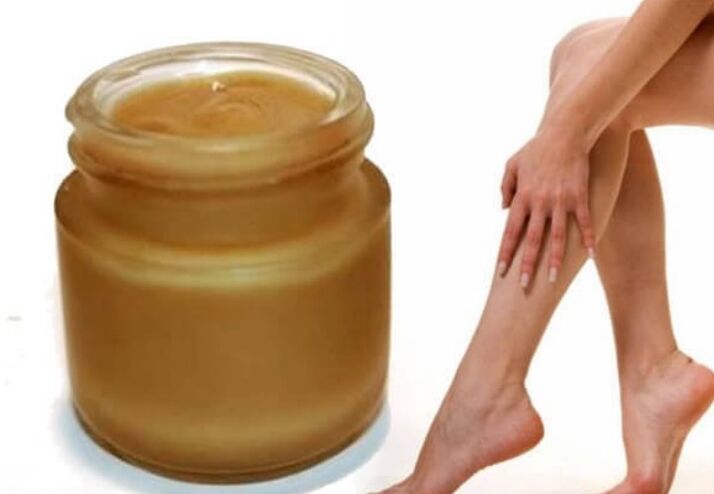
However, all this is achievable only if a natural product made of freshly squeezed juice, and not from the peel, as manufacturers of this type of vinegar, was used for treatment.
What oils are treated with varicose veins?
Along with creams, infusion and vinegar, various essential oils are also widely used. For varicose veins, oils are most often used: castor, black caraway seeds, sandalwood, garlic, flax and others.
Essential oils against varicose veins are usually used in 2 ways:
- Add a few drops of 2-3 different oils to a bath with warm water, which must be taken daily in the evenings.
- They are added to a massage cream or massage oil and with delicate movements from ankles to the thigh are rubbed into areas with sore veins.
This use of oil allows not only to strengthen the walls of blood vessels, but also to relieve swelling in the lower extremities.
Apitherapy, propolis, bee dug and honey for varicose veins
The treatment of varicose veins with bees has a centuries -old history and this is not surprising if you analyze in detail the composition and benefits of various beekeeping products, whether it is poison, submore, propolis or honey. All these recipes are quite good and effective, but they are not always available to city residents.
It is easiest to get honey. The treatment of varicose veins with honey occurs as follows: a layer of honey is applied to the canvas and applied to the inflamed veins, wrapped on top with a plastic film and fixed with a bandage. On the first day of such treatment, the compress is kept on the leg for 2 hours, on the second day - 3, on the third - 4, and then the compress with honey is left for the whole night. The duration of the course of honey therapy is usually 2-3 weeks.
Do tomatoes help with varicose veins?
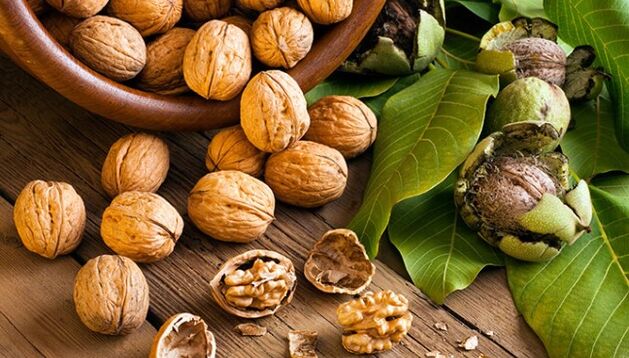
For the treatment of varicose veins, not any tomatoes are used, but only immature green.
The treatment of varicose veins with green tomatoes is quite simple and is as follows: the tomato is cut in half, 1 half is attached with flesh to the inflamed vein and hold until burning. The tomato is taken, and the skin area is washed with cool water. After that, the second half of the tomato is applied to the leg, and so they repeat 4 times. With the daily use of green tomato against varicose veins, for 3 weeks you can notice the turning and softening of venous nodes.
Treatment of varicose veins with nutmeg
Muscular nut for varicose veins is used due to its property to stimulate blood circulation and relieve inflammation of the veins. They prepare a medicine for nutmeg as follows: whole nuts are rubbed on a grater or grinded in a coffee grinder, 1/3 teaspoon of powder is poured with a glass of boiling water, cooled to room temperature, add a spoonful of honey and insisted for another 20 minutes.
You need to drink such a decoction in the morning before breakfast. It is important that a fresh portion of powder is prepared every day. Otherwise, the drink will lose the healing properties.
There is another recipe using nutmeg: 200 grams of grated walnut is poured with a liter of vodka and insisted for 10 days, then taken three times a day for 20 drops for three months.
Cabbage will help with varicose veins
Since ancient times, doctors used cabbage leaves for varicose to relieve inflammation. And this is not surprising if you look at how many vitamins and microelements are contained in white cabbage leaves. The leaves of cabbage in the treatment of varicose veins are used as a compress.
The compress is done as follows: the cabbage sheet is rolled out with a rolling pin or beaten off, then one side is lubricated with vegetable oil and applied to the inflamed vein, the cabbage leaf is fixed on top with a bandage and left for a day. The next day the procedure is repeated, and this is done 30 times.
Ginger for varicose veins
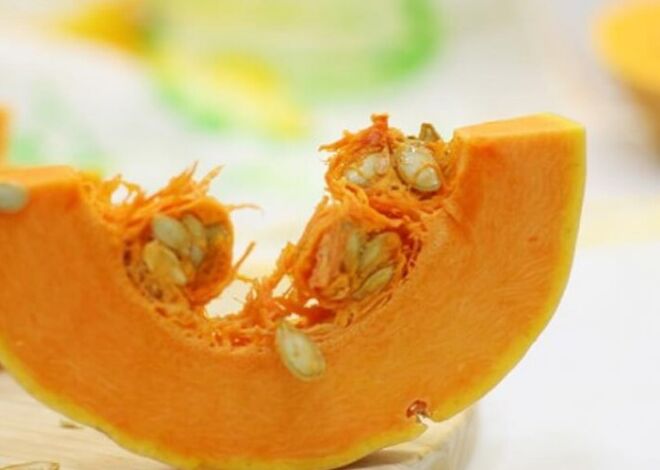
Ginger for varicose veins can be used as a means for internal or external use. So tea from ginger is a good means of not only the prevention of inflammation of the veins, but also the treatment of the disease at any stage of its manifestation. It is very simple to prepare such tea: it is enough to cut off a small round piece of ginger from the root, pour it with boiling water, let stand for about 15 minutes. It should be noted that in addition to normalizing blood circulation, such a drink has a beneficial effect on the metabolism, so drinking ginger is especially useful for those who have problems with the veins due to excess weight.
The compress from ginger is done as follows: the root is rubbed finely, mixed with honey and applied to the inflamed vein for 3-4 hours. To enhance the effect, it is recommended to wrap your legs into something warm.
Beneficial properties of viburnum for varicose
Like ginger, viburnum for varicose veins can be used either as a compress or as a drink with vitamins. In the first case, the patient will need to take fresh viburnum berries, grind them to the state of gruel, put the mixture on a rag, attach to the skin with an inflamed vein and fix it with a bandage. Such a compress is best done before bedtime and leave overnight.
A drink of viburnum, in essence, is a juice mixed with honey in a proportion of 2 tbsp. honey with 500 ml of juice. It should be drunk 2 tbsp. 4 times a day for a month and a half.
Pumpkin action for varicose veins
Everyone knows that pumpkin is an extremely useful product containing many vitamins and trace elements. For the treatment of varicose veins, internal pulp is used, previously freed from seeds. This pulp should be completely rubbed with a limb with problem veins, wrap it with something warm and left overnight. The remaining gruel can be stored in the refrigerator.
Since the effect of pumpkin compresses is very soft, you should be patient when using this treatment method.
Adam's apple for varicose veins
Adam's apple for the treatment of varicose veins is used in the form of an ointment that is prepared as follows: a glass jar is taken, which is filled with a layer of smuls with a thickness of 15 mm, then cut by slices the fruits of the Adam apple with a layer of 10 mm, then again a layer of smalt and so on, until the bank is filled. At the same time, it is important that the last layer of Smalz is the last. After the bank is filled, it is put on a steam bath or in the oven on a slow fire for a day (should not boil), after which it is filtered, cooled and rubbed 1-2 times during the day for problem areas.
Varicosis is very afraid of lemon
With varicose vehicles, lemon for therapeutic purposes can be used both inward and externally in the form of painkillers. It is easy to prepare such a compress. The lemon is taken, cut into circles, applied to the inflamed areas and wrapped with a bandage or compress paper. It is necessary to wear a compress throughout the day, replacing the lemon with fresh 2-3 times.
Lemon juice cleanses the vessels and increases the elasticity of their walls, so this citrus should include in your diet to everyone who has problems with veins or wants to prevent their appearance.
One of the most effective drugs of traditional medicine against vein inflammation is considered the following: 6 lemons are cleaned of the peel and squeeze the juice from them, 5 cloves of garlic and 3 leaves of the golden mouth are crushed, 2 glasses of honey are added and everything is thoroughly mixed. The resulting mixture is left to infuse in a glass bowl for 1 week in a dark place. This medicine is used for 4 tsp. Once a day for a month.
Treatment of varicose veins with potatoes
Potatoes for varicose veins are used in the form of compresses prepared from tubers of this plant.
Several tubers of potatoes are taken, washed and cleaned from the peel, then they must be rubbed on the grater and applied with a layer of 1 cm on inflamed veins. About 8 layers of gauze are wrapped on top of the potato layer, which is also impregnated with potato juice on top. Keep such a compress for at least 4 hours, while it is important that fresh grated, not lying potatoes are used for it.
Mummy for varicose veins
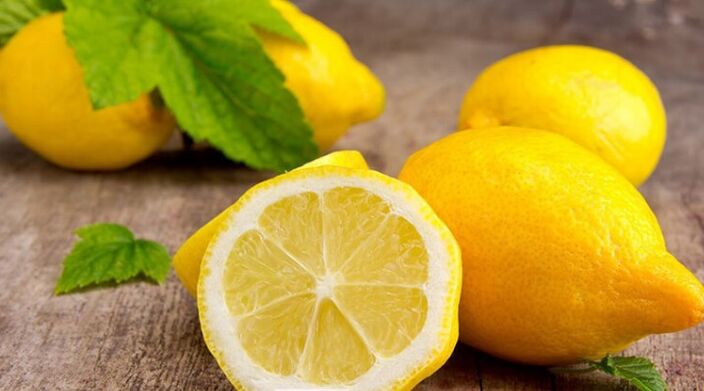
Mummy for varicose veins is used due to its properties to absorb stagnation and tumors. The ointment from mummy in the early stages of the development of the disease helps especially well. Such an ointment is created as follows: 1 part of the Altai resin is given on 5 parts of Vaseline, all this is thoroughly mixed and rubbed with soft and smooth movements three times a day into areas with inflamed veins. You can wash off the residues of the ointment no earlier than an hour from the moment of its application.
Also, the mummy can be used inside: a piece of resin size with the match head is mixed with 1 tbsp. honey and milk and drink twice a day for a month.
Is fish oil used for varicose veins?
Fish oil is mainly used inside, which contributes to the normalization of metabolism and weight loss, as one of the main causes of the congestion in the veins. However, there is another use of fish oil.
Fish and May honey is taken in a 1: 1 proportion and mixed to a homogeneous mass. The resulting ointment is applied to linen tissue, wrap it with a sore limb and left overnight.
Onions from varicose veins
The bulk itself has the greatest effect in varicose veins, but its husk. Onions from varicose veins are involved in various recipes.
- 2 tbsp. A chopped husk is poured with 100ml vodka and insisted for 7 days, then the tincture is filtered and taken 20 drops three times a day 15 minutes before meals.
- 2st. L. The crushed husk is poured with 2 cups of boiling water, insisted under the lid for 6 hours, filtered and drunk three times a day before eating for eating for a week and a half.
Spongilla relieves voltage with varicose veins
Speaks from Spongilla soothe well -soothely soothe. The mixture of lotions is prepared as follows: take 30 g of leaves and stalks of spongilla, chop finely, pour a glass of boiling water and languished over low heat for about 10 minutes, then cooled to a comfortable temperature. In the resulting broth, cloth napkins are moistened, they wrap their legs, wrap them in a warm terry towel. The legs should be in high condition. After 30 minutes, the compress can be removed.
How to take hydrogen peroxide?
Treatment of varicose veins with hydrogen peroxide can occur in 2 ways:
- Orally, starting from 1 drop to 3 tbsp. Water three times a day 2 hours after meals. Every day, the concentration of the consumed peroxide is increased by 1 drop, bringing to 10 drops per day, then take a break for 3 days and begin to take 10 drops of 2 days after 3.
- An intravenous-drunk is administered a 0. 15%hydrogen solution, which allows you to release atomic oxygen, thereby cleaning the walls of the vessels. A single dose of the solution should not exceed 250 ml.


















